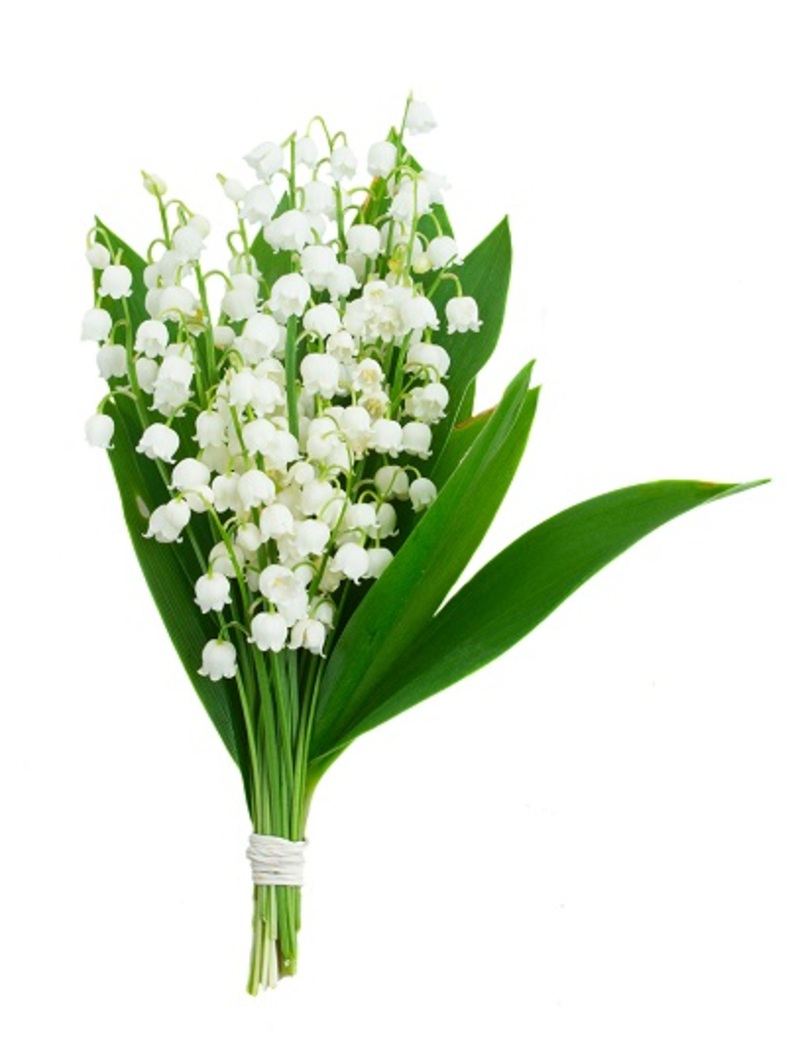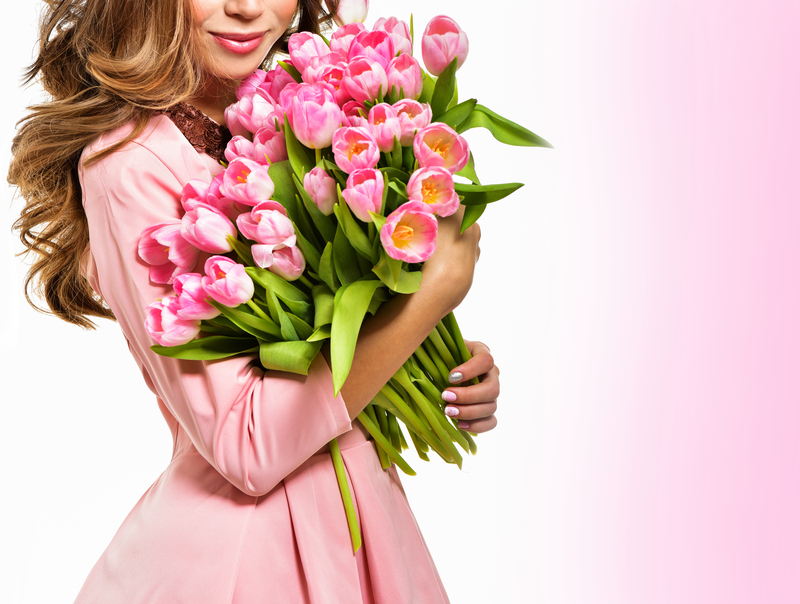Hydrangea Happiness: Expert Care Instructions
Posted on 31/08/2025
Hydrangea Happiness: Expert Care Instructions
If you are longing for a garden that bursts with color and charm, few plants rival the hydrangea. Their large, vibrant blooms and graceful foliage add elegance to landscapes and cheer to any space. But behind every lush blossom lies attentive care and expert knowledge. This comprehensive guide reveals professional strategies for thriving, flourishing hydrangea plants. Get ready to cultivate Hydrangea Happiness with a bounty of blooms!

An Introduction to Hydrangeas
Hydrangeas are a group of deciduous, flowering shrubs known for their lush, voluminous blossoms. Native to Asia and the Americas, these captivating plants adorn gardens, patios, and container displays with their signature beauty. Which makes caring for hydrangeas a highly rewarding pursuit for home gardeners and seasoned landscapers alike.
Popular Hydrangea Varieties
- Bigleaf Hydrangea (Hydrangea macrophylla): Famous for their large, rounded flower heads, these hydrangeas are available in endless summer blue, pink, and purple shades.
- Panicle Hydrangea (Hydrangea paniculata): Features cone-shaped blooms that start creamy white and mature to rosy-pink.
- Oakleaf Hydrangea (Hydrangea quercifolia): Native to North America, this variety displays oak-shaped leaves and beautiful cone-shaped flower clusters.
- Smooth Hydrangea (Hydrangea arborescens): Characterized by domed, snowy-white brushes, such as the ever-popular 'Annabelle'.
- Climbing Hydrangea (Hydrangea anomala petiolaris): A vigorous, woody climber with fragrant white lacecap flowers.
No matter which type of hydrangea you grow, their cultivation calls for proper hydrangea care and a touch of expertise.
Hydrangea Growing Conditions: Foundation for Happiness
Soil Preferences
Hydrangeas thrive in well-draining, fertile soil. They prefer a slightly acidic to neutral pH, typically 5.5 to 6.5 for optimal health. For bigleaf hydrangeas, soil pH determines bloom color (blue in acidic, pink in alkaline soil).
- Add organic matter using compost or well-rotted manure for nutrient-rich soil.
- Avoid heavy clay and overly sandy soils; amend as needed to improve structure and water retention.
- Test soil pH annually -- adjust with garden lime (raise pH) or elemental sulfur (lower pH) for color control.
Sunlight Requirements
Hydrangeas generally crave morning sun and afternoon shade. Too much direct sun can scorch leaves and reduce bloom lifespan, while deep shade often results in leggy growth and poor flowering.
- Bigleaf, smooth, and oakleaf hydrangeas: Prefer dappled sunlight or partial shade.
- Panicle hydrangeas: Tolerate (and benefit from) more sun, requiring at least 4-6 hours of direct light daily.
- If growing in hot climates, shield your hydrangeas from midday rays with strategic placement under trees or near north/east-facing walls.
Watering Hydrangeas
Consistent moisture is key to hydrangea health. Their shallow root systems can dry quickly, particularly during the hot summer months.
- Water deeply 1-3 times per week, ensuring the soil remains evenly moist but not soggy.
- Use soaker hoses or drip irrigation to deliver water directly to the roots.
- Mulch with a 2-3 inch layer of leaf mold, bark, or compost to retain moisture and suppress weeds.
- Check soil dampness regularly - wilted leaves are a sign to increase watering, especially during dry spells.
Hydrangea Planting Guide: Starting Right
Plant placement and installation have a profound impact on hydrangea success. Follow these steps for happy hydrangeas from day one:
-
Select the Site:
Choose a spot with protection from harsh winds and space for mature growth. Allow at least 3 feet between each shrub. -
Prepare the Soil:
Dig a hole twice as wide but no deeper than the plant's root ball. Loosen soil and mix in compost. -
Plant with Care:
Remove the hydrangea gently. Set it in the hole no deeper than it was previously growing. Backfill, tamp gently, and water thoroughly. -
Mulch and Water:
Apply a mulch layer and maintain steady moisture during establishment.
Best Time to Plant
The ideal planting times for hydrangeas are:
- Early spring (after frost danger has passed)
- Early fall (allow 6 weeks before hard frost)
Avoid planting in the heat of summer or during freezing winter. Proper timing guarantees robust root development and a head start on lush growth.
Hydrangea Care Essentials Throughout the Year
Fertilizing for Flourishing Blooms
Feeding hydrangeas properly fuels dreamy blooms and vigorous leaves. Use a slow-release fertilizer tailored for flowering shrubs in early spring. For macrophylla types, low-phosphorus fertilizers (10-10-10 or 10-20-10) enhance true-blue or deep-pink colors.
- Fertilize once annually in spring; optionally, reapply lightly after the first flush of blooms.
- Avoid over-fertilizing -- too much nitrogen promotes foliage growth at the expense of flowers.
How to Prune Hydrangeas: Mastering the Cut
Proper pruning dictates bloom abundance and overall form -- but methods depend on the type of hydrangea you have.
- Bigleaf and Oakleaf Hydrangeas:
Bloom on old wood. Prune immediately after flowering in summer. Remove dead stems, shape lightly, but avoid drastic cutting. - Panicle and Smooth Hydrangeas:
Bloom on new wood. Prune in late winter or early spring before new growth emerges. Cut stems back to 1-2 feet to encourage lush flower heads.
- Always use sharp, clean tools to prevent disease spread.
- Remove weak, crossing, or dead stems yearly to improve airflow and shape.
- Never prune in fall or late winter for varieties that bloom on old wood, as you risk cutting off next year's buds.
Dealing with Pests and Diseases
Hydrangeas are generally hardy, but vigilance against common threats ensures prolonged happiness.
- Aphids, spider mites, and scale insects: Rinse off with a jet of water or use insecticidal soap if needed.
- Powdery mildew and leaf spots: Improve air circulation, water at the base, avoid overhead irrigation.
- Root rot: Prevent by ensuring well-draining soil and moderate watering.
- Inspect regularly for spotted leaves, wilting, or stunted growth to catch problems early.
Bloom Color Magic: Changing Hydrangea Flower Colors
One of the extraordinary features of hydrangea plants is the ability to manipulate flower color in certain types (notably Hydrangea macrophylla!). Let's unlock the secrets of blue, pink, and everything in between:
Color Shifting Basics
- Blue flowers: Occur in acidic soil (pH 5.2-5.5) with ample aluminum availability.
- Pink flowers: Develop in neutral to alkaline soils (pH 6.0-6.4), or where aluminum is unavailable.
- White hydrangeas: Their blooms will stay white regardless of pH.
How to Change Bloom Color
- To encourage blue: Add elemental sulfur or aluminum sulfate to the soil.
- To promote pink: Mix garden lime to gently raise the pH level over several weeks.
- Tip: Make changes gradually and monitor pH every 3-6 months for healthy shifts without stressing plants.
Expert Tips for Hydrangea Happiness
Winter Protection
- Mulch heavily around the base (4 inches or more) with straw, pine needles, or leaves after the ground freezes.
- If extreme frost is forecast, cover shrubs with burlap or frost cloth.
- Avoid high-nitrogen fertilizers in late summer, as they stimulate tender growth vulnerable to winter damage.
Supporting Large Blooms
Big, showy blossoms can cause stems to bend or flop. Support your happiest hydrangeas with:
- Peony rings or bamboo stakes -- secure loosely for airflow.
- Prune back weak stems in spring for a sturdier framework.
Container Hydrangea Care
Container-grown hydrangeas bring delight to balconies and patios. For best results:
- Use a pot at least 18 inches wide with drainage holes.
- Ensure premium potting mix and water more frequently during hot weather.
- Move containers to sheltered spots if severe weather threatens.
Frequently Asked Questions about Hydrangea Care
Why won't my hydrangea bloom?
- Incorrect pruning time (especially for old-wood bloomers)
- Insufficient sunlight
- Too much fertilizer, especially nitrogen
- Frost damage to buds in early spring
Is my hydrangea dead if it looks wilted?
Wilting is often a sign of dehydration or root stress. Deeply water and check soil moisture before taking drastic steps. Most hydrangeas recover quickly once watered.
When should I transplant a hydrangea?
Early spring or fall is best. Dig wide around the root ball, replant at the same depth, and irrigate well during the following weeks.

Conclusion: Hydrangea Happiness is Achievable
Growing hydrangeas brings a riot of color and a sense of accomplishment to any garden. By following these expert hydrangea care instructions -- from planting with precision and providing steady moisture, to understanding pruning routines and soil chemistry -- you are well on your way to hydrangea happiness!
Stay vigilant, nurture with knowledge, and in return, your hydrangea shrubs will provide years of spectacular blooms and enduring beauty.
Summary Checklist: Keys to Hydrangea Success
- Choose the right variety for your climate and sun exposure
- Amend the soil and maintain ideal pH
- Water regularly and mulch generously
- Feed with a balanced, slow-release fertilizer
- Prune at the correct time per type
- Monitor and address pests or disease promptly
- Experiment with soil pH for color changes
- Protect from winter chills and support large blooms
Apply these hydrangea care tips, and you'll soon discover that cultivating Hydrangea Happiness is just a garden's breath away!
Latest Posts
Hydrangea Happiness: Expert Care Instructions
Historical Reasons for Red Roses on Valentine's Day
Keep Your Cut Flowers Alive and Thriving with These Steps
Peony Flowers: Discover the Symbolism and Color Connotations





